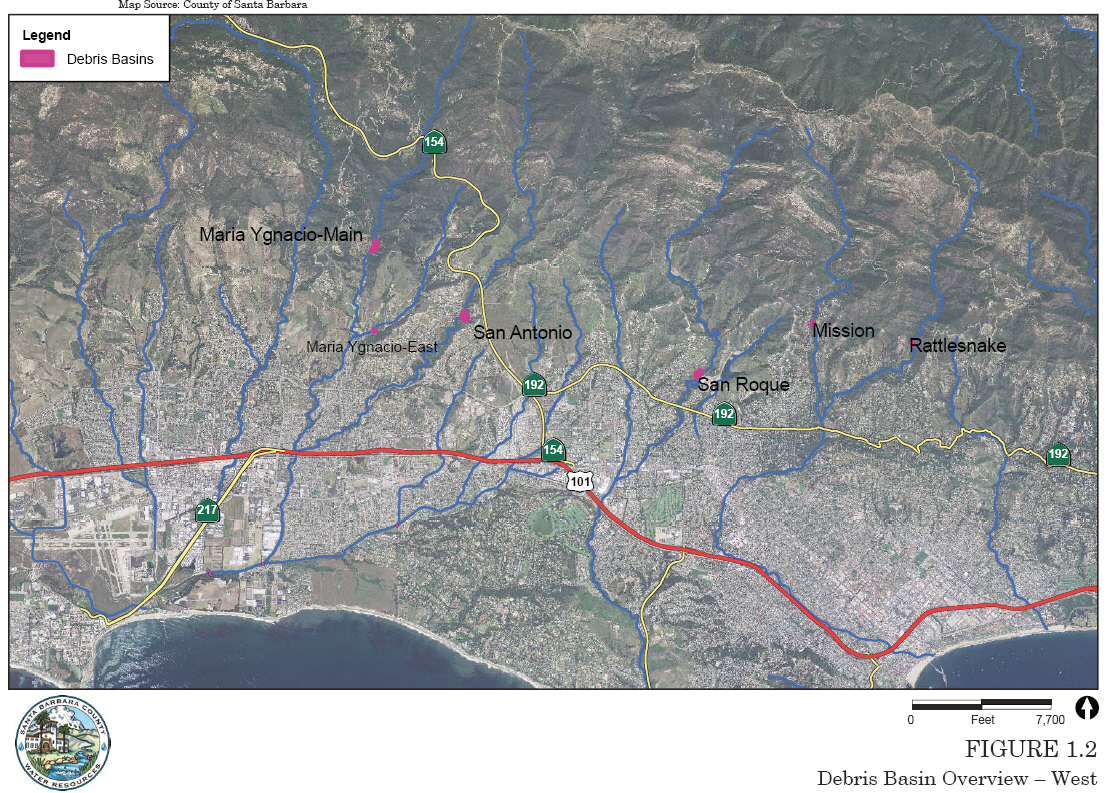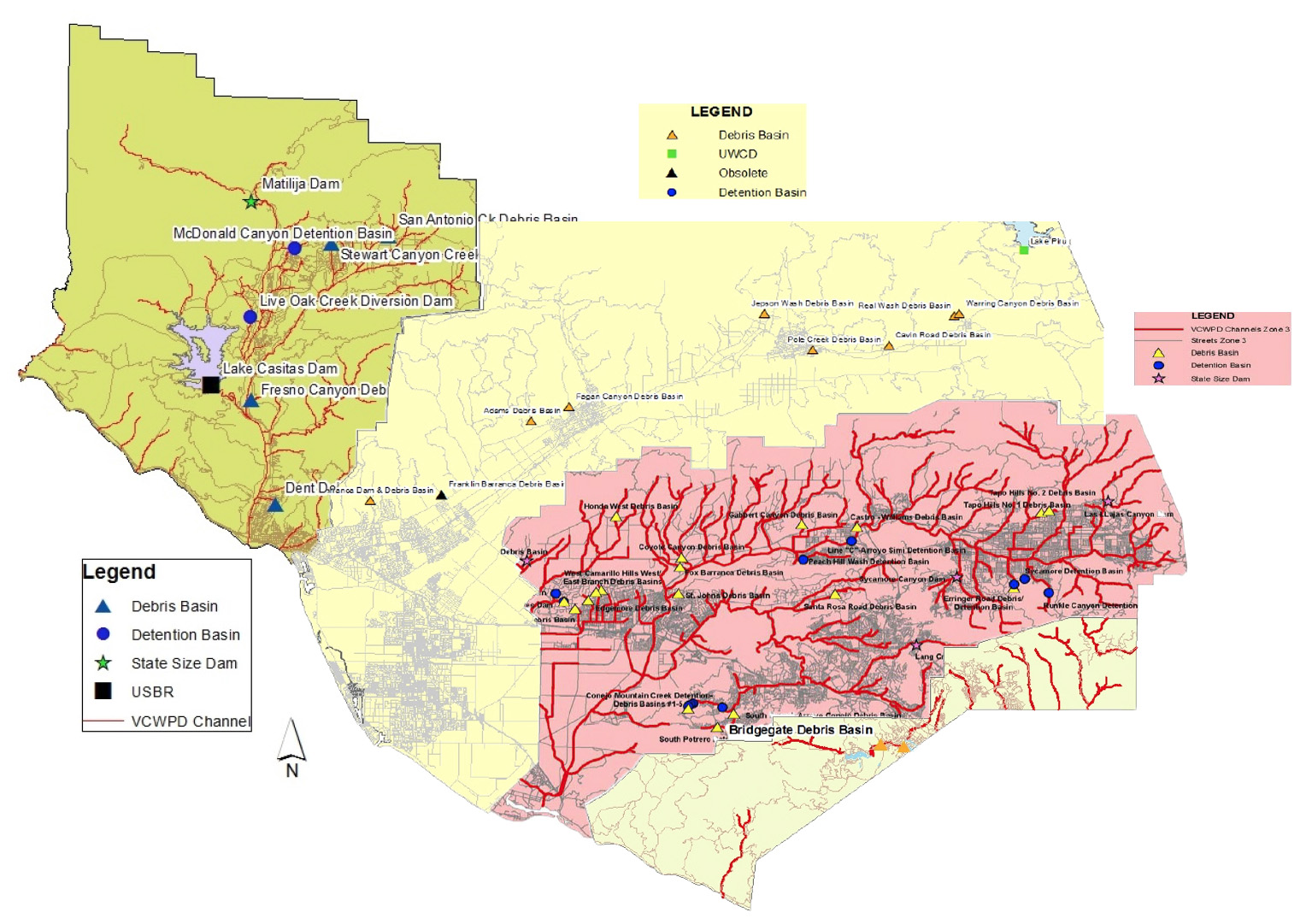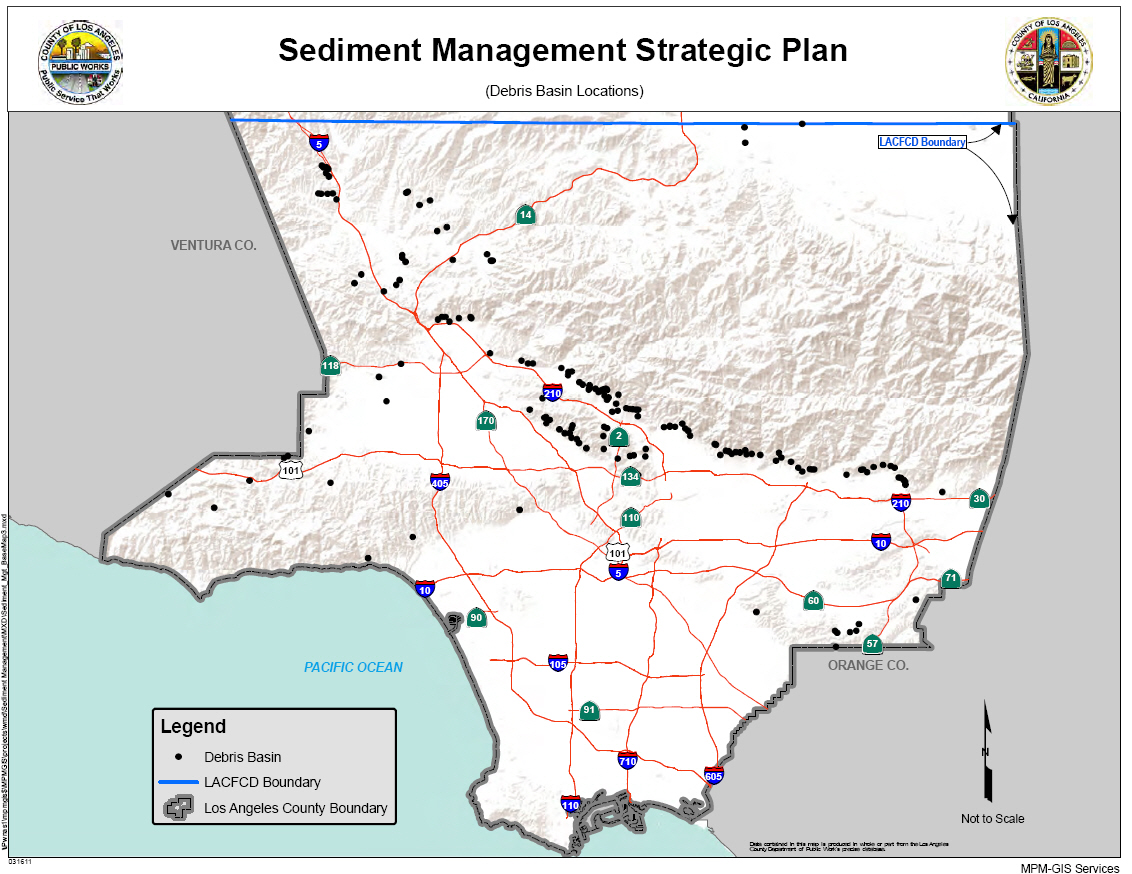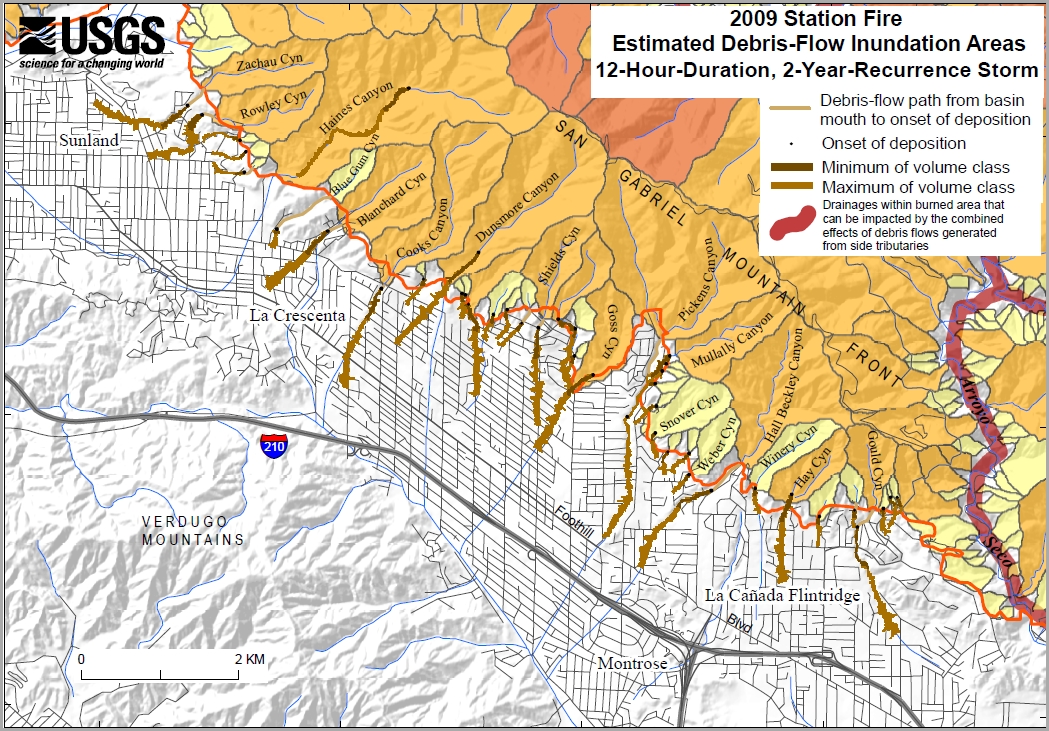
I watched with keen interest art historian Dr. James Fox’s new four-hour BBC Four series “Age of the Image” in recent weeks, then immediately devoured his just as excellent “A History of Art in Three Colours”. A few more of his series await me thanks to MVGroup.
Fox has a way of holding the viewer’s attention and a love of highlighting smaller but key points often overlooked that remind me somewhat of John McPhee’s writing and of Professor Iain Stewart’s BBC documentaries “Journeys Into the Ring of Fire”, “Rise of the Continents”, and others.
I happen to be in the midst of rereading McPhee’s 1967 book Oranges at the moment, so I can share an example that’s fresh in my memory of what I’m talking about. The book was one of McPhee’s first – bibliography here – and is a horticultural, commercial, and social history of the orange. I believe I just heard one of your eyebrows arching up at the thought of an entire book about oranges and pomologists (fruit scientists), but see here: It’s entertaining, informative, funny, sometimes surprising, and thoroughly deserving of the occasional reread. Plus it’s fairly short.
Early on in Oranges, he explains the basics of growing citrus, which are odd enough to start. Once you’re armed with that knowledge, he then proceeds to blow your mind a little later.
Most citrus trees consist of two parts. The upper framework, called the scion, is one kind of citrus, and the roots and trunk, called the rootstock, are another. The place where the two parts come together, a barely discernible horizontal line around the trunk of a mature tree, is called the bud union. Seedling trees take about fifteen years before they start bearing well, and they bristle with ferocious thorns. Budded trees come into bearing in five years and are virtually free of thorns. In Florida, most orange trees have lemon roots. In California, nearly all lemon trees are grown on orange roots. This sort of thing is not unique with citrus. With the stone fruits, there is a certain latitude. Plums can be grown on cherry trees and apricots on peach trees, but a one-to-one relationship like that is only the beginning with citrus. A single citrus tree can be turned into a carnival, with lemons, limes, grapefruit, tangerines, kumquats, and oranges all ripening on its branches at the same time. Trees that are almost completely valueless for their fruit seem to make the most valuable rootstocks. Most of the trees on the Ridge are growing on Rough Lemon—a kind of lemon whose fruit is oversized, lumpy, ninety per cent rind, and all but inedible. As a rootstock, it forages with exceptional vigor and, in comparison with others, puts more fruit on the tree. Bitter Oranges, or Sour Oranges, the kind usually associated with Scottish marmalade and with Seville, make an outstanding stock in certain soils, notably on the banks of the Indian River.
![]()
McPhee has taught his “Creative Nonfiction” course at Princeton every spring since 1975; last week, he and the students moved online.







